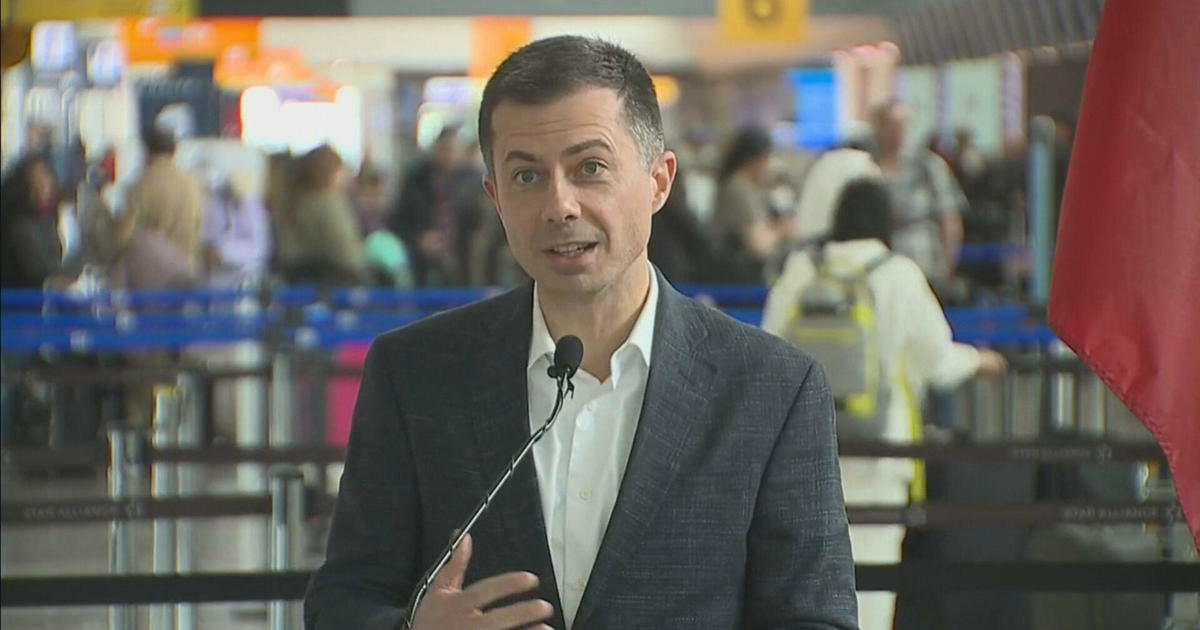Report Cites Denver As City With Near Collisions Between Pilots, Drones
WASHINGTON (AP) — There has yet to be a confirmed U.S. collision between a drone and a manned aircraft, but there's a growing number of close calls as drones fly where they least belong — near airports. Some of those close calls happened in Denver.
A report released Friday counted at least 241 reports of close encounters between drones and manned aircraft that meet the Federal Aviation Administration's definition of a near-collision, including 28 incidents in which pilots had to veer out of the way.
The analysis by Bard College's Center for the Study of the Drone found that 90 of the close drone encounters involved commercial jets.
The FAA defines a near-collision as two aircraft flying within 500 feet of each other. In 51 of the incidents studied, the drone-to-aircraft clearance was 50 feet or less, the report said.
Most of the sightings occurred within 5 miles of an airport and at altitudes higher than 400 feet. Those are spaces in which the FAA prohibits drones from flying, raising questions about the effectiveness of the rules.
The cities with the most incidents were New York/Newark, New Jersey, 86; Los Angeles, 39; Miami, 24; Chicago, 20; Boston, 20; San Jose, California, 19; Washington, 19; Atlanta, 17; Seattle, 17; San Diego, 14; Orlando, Florida, 13; Houston, 12; Portland, Oregon, 12; Dallas/Fort Worth, 11; and Denver, 10.
The report is based on an analysis of government records detailing 921 incidents involving drones and manned aircraft between Dec. 17, 2013, and Sept. 12, 2015. Researchers cautioned that it's hard for pilots to judge their distance from another object when flying at high speeds.
The majority of the incidents, 64 percent, were sightings of drones in the vicinity of other aircraft with no immediate threat of collision.
The FAA has previously released data on reports of drone sightings, but the Bard report is the first comprehensive analysis of the sightings by researchers outside the aviation community. Its findings are likely to fuel more debate over how much of a threat drones are to manned aircraft as the government struggles with how to reap the benefits of unmanned aircraft without undermining safety.
Reports of drones flying where they aren't supposed to have increased dramatically. In May 2014, 10 incidents were reported to the FAA; in May of this year, there were 100 incidents. The FAA confirmed to the report's authors that the trend has continued, with 127 incidents in September and 137 incidents in October.
"It's hard to say if or when there might be a drone crash, but certainly we've seen an increase in the number of reports and an increase in the number of close counters," said Dan Gettinger, co-director of the drone center.
Government and industry officials have expressed concern that if a drone — much like a bird — is sucked into an aircraft engine, smashes a cockpit windshield or damages a critical aircraft surface area, it could cause an air crash.
"With sufficient speed, bird strikes have been known to penetrate the cockpit," the report said. "It's entirely possible, then, that a drone could also break through into a cockpit, potentially causing serious harm to the pilots or other occupants."
Helicopter blades are considered especially vulnerable. Thirty-eight of the near collisions identified by researchers involved helicopters.
Aircraft engine manufacturers currently test the ability of engines to withstand bird strikes by firing dead birds at the engines at high velocities. The FAA hasn't yet said when it will require engine makers to conduct tests with drones, but officials have unofficially acknowledged they are working on the issue, the report said.
The report cited research by engineers at Virginia Polytechnic Institute and State University in Blacksburg, Virginia, that used data on bird strikes to create computer simulations of drones striking planes in order to identify the riskiest impact locations. They concluded that hobby drones weighing between 2 and 6 pounds "can potentially cause critical damage."
The FAA is in the process of finalizing rules for the use of commercial drones weighing less than 55 pounds. The agency is also expected to shortly issue rules requiring the registration of small drones, including those used by hobbyists, in an effort to help create a "culture of responsibility" among drone operators. The agency is trying to get the registration rules in place before Christmas.
By Joan Lowy, AP Writer
(© Copyright 2015 The Associated Press. All Rights Reserved. This material may not be published, broadcast, rewritten or redistributed.)



